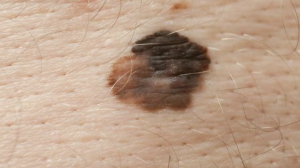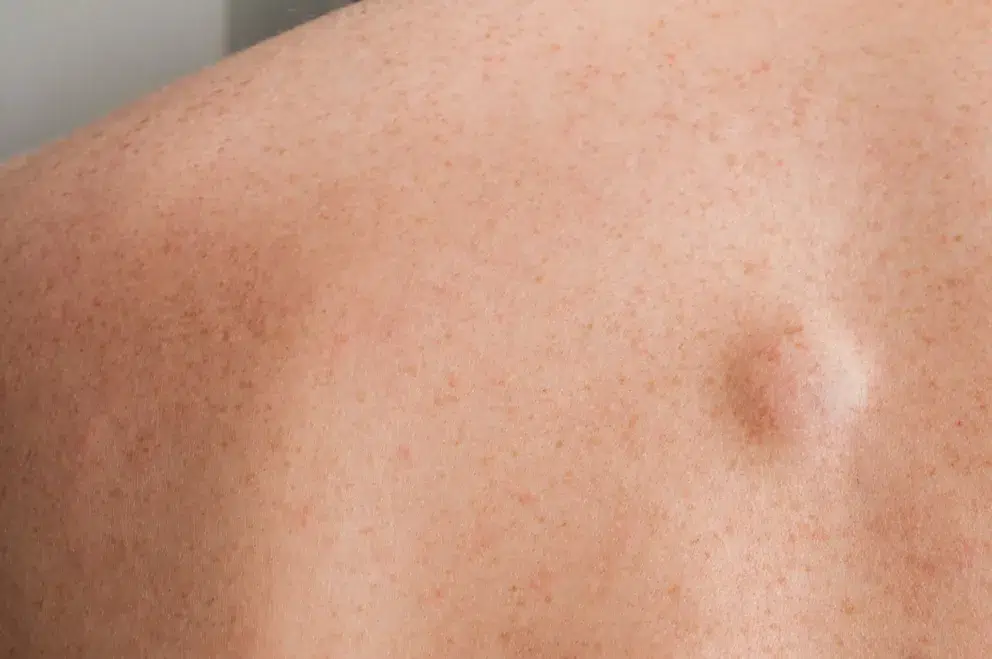Surgical Procedure: Carcinomas and Melanomas
Malignant skin tumors require surgical removal. Basal cell carcinomas are a type of skin cancer, often caused by sun exposure. They are therefore more common on sun-exposed areas such as the face and limbs.
Your Questions
Frequently Asked Questions in Consultation
WHAT ARE THE REPAIR OPTIONS AFTER REMOVAL?
Excision of skin tumors most often leaves a defect in place of the lesion.
Depending on the type of lesion and its location, several repair techniques are possible.
- Direct closure;
- Secondary intention healing;
- Split-thickness or full-thickness skin graft;
- Local flap.
For example:
– A basal cell carcinoma on the back or arm can be removed immediately with margins and closed by direct suture.
– A basal cell carcinoma on the nose will be removed and sent to the lab for histological analysis. Only if the results allow will reconstruction be considered.
IS RECURRENCE POSSIBLE?
Yes.
Recurrence at the site of the scar is possible.
Another lesion of the same type may also occur.
For these reasons, regular dermatological follow-up is essential.
WHAT COVERAGE DOES SOCIAL SECURITY PROVIDE?
Most of the time, the removal of a basal cell carcinoma is purely for cosmetic purposes and is therefore never covered by Social Security.
Removal of a squamous cell carcinoma or melanoma is partially covered when the cancer has metastasized.
Social Security reimburses the removal of a problematic mole at 70%, based on a reimbursement rate of €30.05. Any additional costs may be covered by your supplementary health insurance.
YOU MAY BE INTERESTED
IN THESE SECTIONS
TO DR. DJIAN


